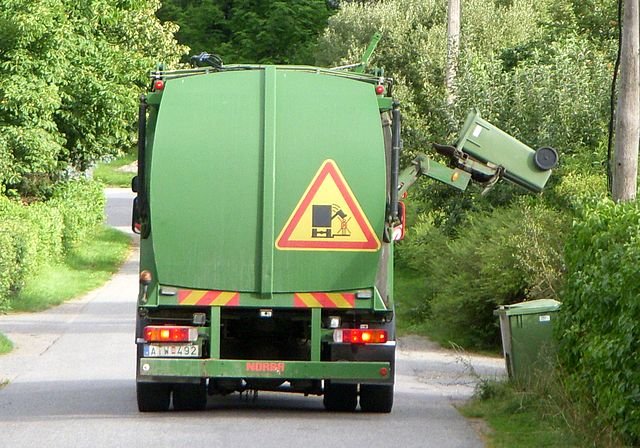Used cooking oil is one of the major sources of biofuel. As the push for alternative sources of energy is enhanced, biofuel production has also gone into high gear. As such, it has moved from the unsustainable food sources to more sustainable sources such as used cooking oil.
With the adoption of used cooking oil as a source of biofuel, producers have gained numerous benefits. Here are a few.
Cheap to procure
One of the major benefits of used cooking oil as a source of biofuels is that it is cheap to procure. Sources of used cooking oil abound, and they are happy to have it offloaded off their homes and their premises.
Most times, you will find that those that have the used cooking oil will pay to have it taken away from them. As such, hotels and restaurants and even households pay biofuel companies to collect it from their premises.
This makes the process of collecting used cooking oil efficient and affordable. This is a huge first step in the recycling of used cooking oil into biofuel.
Easy to process
Once the used cooking oil arrives at the processing center, it passes through a chemical process that converts the used cooking oil to biofuel.
The process is easy and uses easily available reagents. This process eliminates all the impurities within the used cooking oil. It is a five-stage chemical process that culminates in the conversion of used cooking oil into a useful biofuel.
Environmentally friendly
Another benefit derived from used cooking oil as a biofuel, is the fact that it is environmentally friendly. Biofuels produced from used cooking oil can replace fossil fuel diesel in a world ravaged by global warming. It burns efficiently and thus has almost zero emissions that can be harmful to the environment.
Further, converting the used cooking oil into biodiesel goes a long way in ensuring that the environment is clean. When poorly disposed of, used cooking oil cause untold harm to the environment and drainage infrastructure.
Used in a myriad of diesel machines
Biofuel from used cooking oil can easily replace diesel in vehicles and plant machinery. After processing, the resulting biofuel can easily replace diesel in numerous existing machines and vehicles. Many of these machines will not need any re calibration for them to use this fuel.
The use of used cooking oil biofuel will thus save money for the users and also help them reduce their impact on the environment. Company trucks and plant machinery that use diesel can easily switch to biofuels and companies will see a significant savings in their fuel expense as well.
Can be used to manufacture diverse products
Used cooking oil when recycled is not limited only to the production of biofuels. Rather, it can be used to produce a range of other products and materials that could be a significant business unit.
Used cooking oil can be processed into raw materials for animal and pet feeds. Used cooking oil contains high amounts of protein that will beneficial in animal feed.
Further, used cooking oil can be used to make soap, lubricants and many other useful products.
With these other products, companies that process used cooking oil have a range of products to get to the market to ensure that they remain afloat profitably.
Alternative source of energy for small businesses
Many small businesses have adopted the use of biofuel that is produced from recycled used cooking oil. This helps them save on high energy costs by using it to power some of the processes that use electricity and other expensive sources of energy.
Conclusion
There are many biofuel producing companies that use used cooking oil as part of their raw materials. I have outlined why it is beneficial not only to biofuel producers, but also to the end users of the biofuel that comes from it.
























